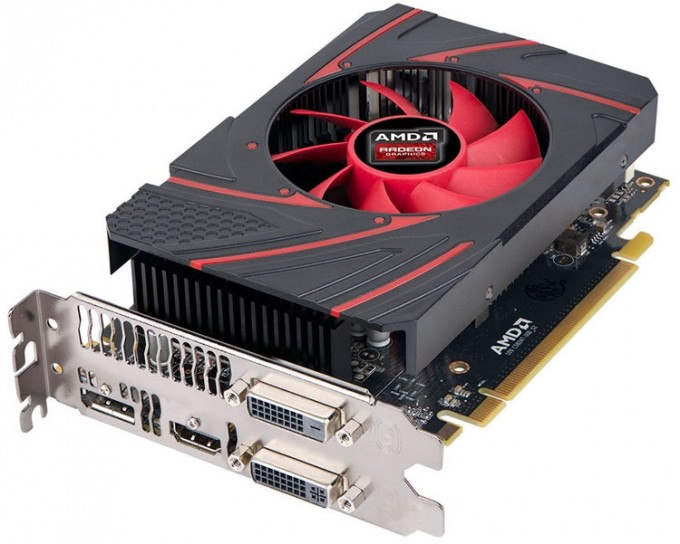- Qualcomm Launches Snapdragon 4 Gen 2 Mobile Platform
- AMD Launches Ryzen PRO 7000 Series Mobile & Desktop Platform
- Intel Launches Sleek Single-Slot Arc Pro A60 Workstation Graphics Card
- NVIDIA Announces Latest Ada Lovelace Additions: GeForce RTX 4060 Ti & RTX 4060
- Maxon Redshift With AMD Radeon GPU Rendering Support Now Available
The $109 Console-killer GPU: AMD’s Radeon R7 260 Graphics Card Reviewed
No one should be surprised at the fact that testing out $500 graphics cards is fun, but with the right perspective, budget cards can be, too. Take the $109 AMD Radeon R7 260, for example, which has debuted following flagship console releases. With that in mind, let’s see what such an affordable GPU can pull off at the much-loved 1080p resolution.
I can’t remember the last time I took a look at a graphics card that hovered around the $100 price-point, but for a couple of reasons, I couldn’t wait to dig into AMD’s $109 Radeon R7 260.
For starters, with the roll-out of the “next-generation” consoles having wrapped-up, my interest in modestly priced GPUs has recently piqued. As I’m sure is clear by now, neither the Xbox One or PlayStation 4 offer the sort of graphics we envisioned a couple of years ago for a “next-gen” model. When “price” and “size” are the major focuses during development, compromises have to be made, and those have been made quite obvious here.
Tying into that, I often see console fans around the Web claim that PC gaming is “expensive”. For a solid build, that’s true; the up-front cost will be more. But to compare the PC as a platform to consoles in an apples-to-apples manner is a bit unfair. Unlike consoles, PCs are part of an open platform – they can be upgraded, and otherwise poked and prodded in ways consoles can’t be (take game mods, for example). So, while a good PC might cost more than a console, it’ll offer a much higher level of flexibility.
Read the rest of the article.




